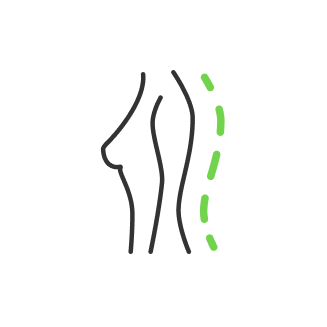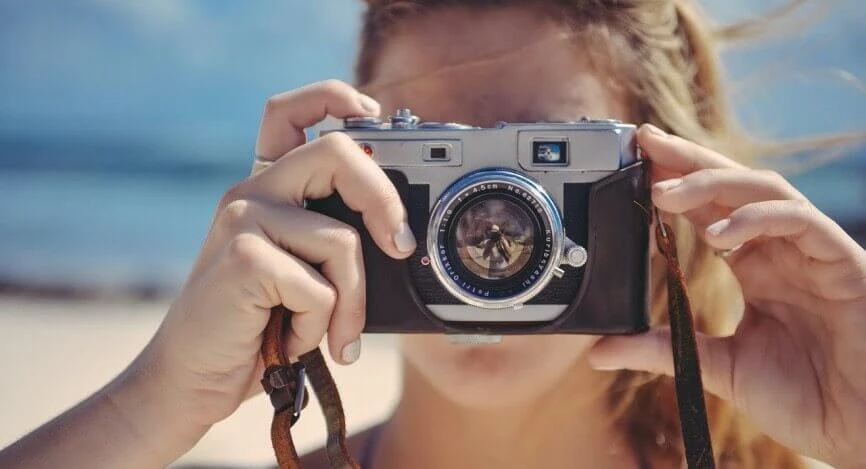Photography terms that you need to know

- Photography definitions
- Camera sensor meaning in photography
- Depth of field and ISO terms explained
- Focal length term definition in photography
- Image file formats and extensions
- Photography baseline concepts
- Conclusion
If you want to understand principles of photo shooting as well as the correct formulation of the problem, it is important to know the basic photography terms. Accordingly, the basic principles of working with the camera. In order to understand photography vocabulary, you will need to learn all photography terms and how to them in order to achieve outstanding results.
Photography definitions
Photography is the art and practice of capturing moments, scenes, or subjects through the lens of a camera, preserving them as visual representations. It involves a blend of technical skills, artistic vision, and creativity to compose images that convey emotions, stories, or aesthetics. Utilizing light, composition, and perspective, photographers freeze moments in time, creating a visual language that speaks volumes beyond photography related words.
Camera sensor meaning in photography
Matrix is a device of the camera where the image is created. Actually, this is an analogue of a photographic film, or a film frame. The light rays collected by the lens “paint” the picture. The difference is that this picture is stored on the film, and electrical signals appear on the sensors of the matrix under the influence of light, which are processed by the camera's processor, after which the image is saved as a file to a memory card. The very matrix of the camera is a special microcircuit with photo sensor pixels.
Nowadays there are three types of matrices: CMOS and CCD. Differences between CMOS and CCD sensors are more technical than qualitative. A very important parameter of the matrix is its size. The larger the matrix, the larger a single pixel and its sensitivity to light, as well as less noise, while increasing the clarity of the image. With a small sensor, even at full aperture, you'll get a monstrous depth of field that will clip your creative wings.
Depth of field and ISO terms explained
Depth of field is the distance between the closest and the farthest object.
The diaphragm is a circular aperture of several blades. It controls the amount of light entering the camera. Do not confuse the diaphragm with the shutter, which also regulates the light flux entering the matrix. The shutter is located next to the sensor, which is responsible for the shutter speed, and the aperture is in the lens, and how wide it is open also affects the exposure of the frame.
The higher the f-number, the smaller the lens aperture. Therefore, f / 8 means that the size of the aperture is equal to one-eighth of the focal length of this lens. Creatively, the aperture value controls the depth of field. The lower the f-number, the shallower the depth of field is.
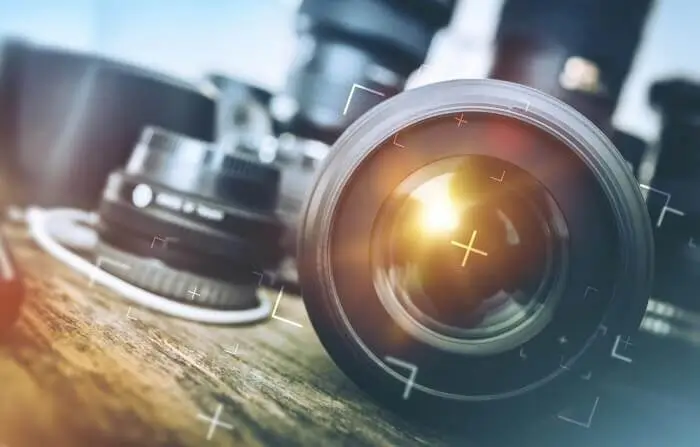
Maximum film speed (ISO from 100 to 1000) is the maximum value for the speed used by this camera. Depending on the camera model, film sensitivity setting can be mechanical or automatic. Using automatic settings, the camera itself recognizes sensitivity.
Minimum Film Speed (ISO from 20 to 200) is the minimum value for the speed used by this camera. Each camera is designed to adjust shooting mode of a certain sensitivity, which is indicated in its technical characteristics.
Focal length term definition in photography
Focal length. When passing through the len, rays are refracted into a point. This point is called the focal point, and the distance from the focus to the lens is called the focal length. The focal length determines the edge of view of the camera: the smaller it is, the larger the angle of view. In order to be able to compare the angles of view of cameras with different sizes of photosensitive elements, the equivalent focal length for 35 mm film is usually indicated.
Light sensitivity is the value of the light sensitivity of the material, set as a number. ISO sensitivity to light is indicated by a number such as ISO 200. The higher the number, the higher the sensitivity.

Image file formats and extensions
There are three main formats for digital images (not all cameras have all three).
- RAW. Digital analogue of the film (the signal is captured from the matrix without processing). Provides the highest image quality. Allows for more post editing after shooting in a photo editing app.
- TIFF. Every photo frame is saved without loss of quality and is immediately ready for printing, but the file is very large.
- JPEG is a lossy image compression format similar to mp3 in music. It allows you to shoot a lot of good quality photos (with a little compression).
RAW allows you to save a picture in the form that the camera sensor sees it. The quality in this format is much higher than in JPEG, because RAW uses “lossless compression”, or even saves without compression at all.
Photography baseline concepts
Understanding photo terminology is akin to speaking the language of visuals. It's the key to unlocking a deeper connection with your camera, enabling you to harness its capabilities fully. Knowing these terms empowers you to communicate more effectively with fellow photographers, comprehend equipment specifications, and most importantly, it equips you to express your artistic vision more precisely, allowing you to capture moments exactly as you envision them.
Noise is a grainy structure of an image, consisting of small elements that have differences in brightness or color tone. It occurs when reading data from the camera sensor due to the uneven charge of light-sensitive elements. The appearance of digital noise is directly influenced by such factors as sensor characteristics, sensor temperature, exposure time and by the image processing algorithm obtained from the sensor.

Exposure is a total amount of light hitting matrix or other light-sensitive material during the time the camera shutter is opened. The amount of incident light depends on the aperture, shutter speed, and the amount of light on the subject. This is a value equal to the product of the illumination (determined by the aperture value) of the photographic material and the exposure time.
A viewfinder is an optical device in a camera for defining the boundaries of the objects you intend to capture.
Perspective is the transfer of the three-dimensional image, which creates a sense of the depth of space. Perspective distortion occurs when shooting from a close distance from the bottom or top of the shooting points, as well as from the use of short lenses.

Overexposure is the amount of light in a photo, which causes the scene to become too dense, making the photo too light.
Shutter priority, in photography slang, fixes the shutter speed, and adjusts the aperture automatically (based on the metering).
Aperture priority is a shooting mode where you set the aperture and the shutter speed is set automatically.
Lens aperture is the maximum aperture of the lens, equal to the minimum aperture value. A high-aperture lens allows fast shutter speeds to be used in low light conditions.
White balance is a camera setting that is responsible for ensuring that colors in the photo match real shades.
Aberration. Image distortion caused by imperfections in the actual optical system.
Light filters have spectral selectivity due to unequal absorption of light in different wavelength ranges of optical radiation. The most common absorption filters are optical glasses and colored organic substances.
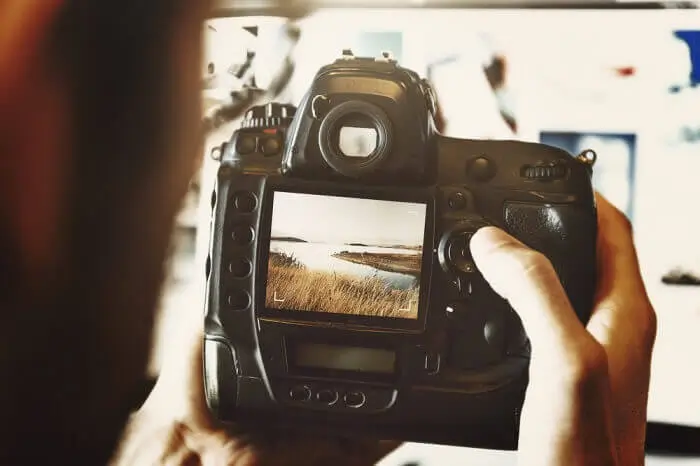
Autoflash. A flash element that uses a special light receptor, which, depending on the distance to the object, determines the amount of light that the flash must produce.
Exposure setting bracket. A mode that allows you to take a series of pictures at a specific exposure step. One shot is taken with normal exposure, one or more with underexposure, and one or more with overexposure. The amount of underexposure or overexposure is determined by the camera settings.
Self-timer. A device that allows you to take a frame with a delay (10-12 sec.). A useful feature for family shooting in camera terms. You compose the shot, turn on the self-timer and quickly sit in the circle of family or friends.
Bokeh. Bokeh is a photography terminology used to describe a drawing of an out of focus image in a photograph. Different lenses have their own bokeh, depending on a number of reasons, both objective (for example, focal length, lens design or aperture shape) and subjective, which cannot be categorized. The quality of the bokeh subjective and can be perceived differently by different people.
Side lighting. Light striking an object in a direction perpendicular to the lens-to-object direction.
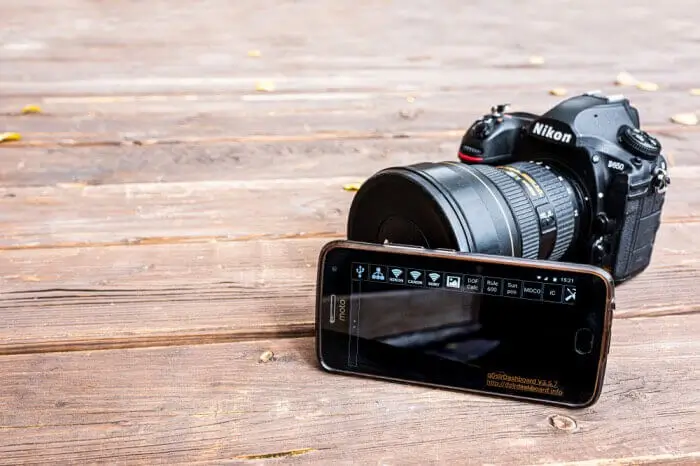
Autofocus. A camera system that measures the distance to the subject and takes this distance into account: changes the focus of the lens and changes the flash output. Autofocusing in digital cameras can be active, passive and combined. In active autofocus mode, the camera tries to determine the distance to the subject and then focuses the lens at that distance. In passive autofocus mode, electronics examines the image in search of contrast lines and object boundaries. Then the camera focuses so that these lines are as sharp as possible.
F-number. In the f-number values, the aperture scales on the lens barrel are graduated. When moving from one f-number value to the neighboring one, the illumination changes by a factor of two.
Dynamic range. This term is among the top photography terms and definitions, also known as density range, indicates the range of tints from completely transparent to completely opaque. The range of densities is measured on a logarithmic scale from 0.0 to 4.0. If your scanner has a density range of 3.0 and the slide you are scanning has a maximum density of 3.3, then color details above 3.0 are likely to be black.
Astigmatism. One of the types of aberrations, manifested in the fact that the image of a point located on the optical axis is two mutually perpendicular straight line segments located at some distance from each other.
Compositional balance. Arrangement of color elements, light and dark areas, as well as large and small objects in the image, providing harmony or balance of the composition.

Color balance is another frequent phrase in photography terms list. A balanced color image is a characteristic feature of photographic properties of a multilayer color photographic material or a color image obtained on it, expressing the balance of characteristics of three color images.
Glare. A bright spot of light on a dark background. Usually it occurs on polished and mirrored surfaces. In photographic lenses, flare can occur when photographing against light. Superimposing on the image degrades the quality of the photo.
Vignetting. Fading around the edge of an image in a photo or slide. May be caused by poor lens design, using accessories that are not suitable for the lens, or installing multiple filters.
Diffraction. A set of phenomena observed during the propagation of light in a medium with pronounced inhomogeneities (for example, when light passes through a small hole in an opaque screen).
Natural lighting. Lighting from natural light sources. When photographing, sunlight is most often used. It can be direct, scattered by the atmosphere or reflected from clouds and objects on the earth's surface. The main feature of natural lighting is its inconsistency in intensity, contrast and spectrum of radiation.
Shading. Blocking a part of the light beam from the magnifier while exposing photographic paper in order to brighten some areas of the image.
Mirror image. The image is rotated horizontally when the left and right sides of the subject are reversed. A mirrored image is obtained when reflected in a flat mirror. In the positive process, such an image is obtained by printing from the side of the substrate.
Grain (noise). The grain of the photographic image is the unevenness of blackening structure of a uniformly exposed photographic layer.
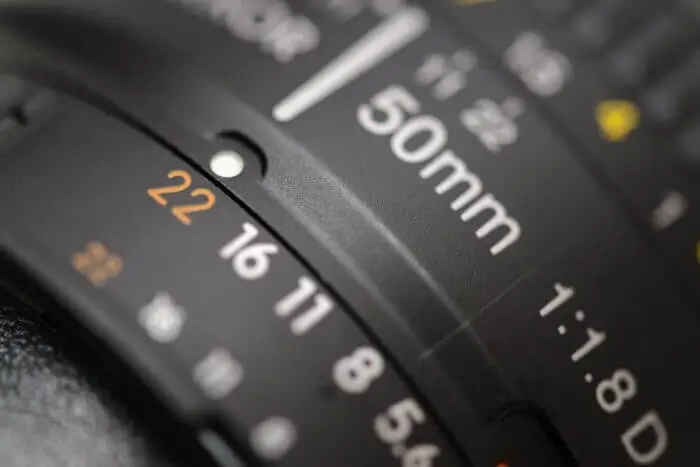
Zoom lens. A photo lens that allows, within certain limits, to smoothly change the focal length, as if zooming in or out of the subject. In fact, such a lens replaces most lenses at the same time.
Cropping. Select the borders and aspect ratio available on the image. It is usually applied to obtain a more visually harmonious image. It may also refer to the process of placing objects in the viewfinder's field of view.
Memory card. Flash card, electronic device for recording information. They come in different sizes and types and volumes.
Conversion filters. Blue and yellow filters that allow you to bias the color temperature of the light source. They are used to create the color temperature of the light source that does not match with the temperature.
Contrast. The contrast of the shooting object is the ratio of the brightness of the lightest and darkest parts of the object. It is a visual perception of the difference between light and dark areas of an image. The greater the difference between light and dark areas, the more contrast the image appears. Usually perception of contrast also depends on the presence of areas with intermediate blackening.
Back light. Contour light flux directed into the lens close to its optical axis. The result of its action is a light contour on the illuminated object with its frontal area completely shaded. In practice, both upper and lower options are used, often creating an outline only on the left or right side of the illuminated object.

Macro photography. A mode of operation of each photographer of the device that allows you to shoot very close-ups (shooting small objects, insects, coins, etc.). Macro photography is a term explaining the scale of the resulting images ranges from 1: 5 to 20: 1 and higher. It requires a camera with double or triple stretching, allowing visual focusing, as well as a device for illuminating an object in reflected or transmitted light. Conventional devices with positive attachment lenses, macro attachments or extension rings are also used.
Saturation. One of the characteristics of the objective visual perception of color. It determines the severity of the color tone and is usually associated with the amount of shade in a solution or on a painted surface. It is measured in percentage. Saturation is characterized by definitions such as vivid, strong, or deep. Desaturated colors are characterized by the definitions dull, weak, or washed out.
Reflector. A light matte or shiny surface (paper, cardboard, painted plywood, fabric on a stretcher, etc.), with the help of which additional light (illumination) is directed to the subject during shooting.
Shaded filter. It is characterized by a smooth or abrupt change in optical density within the entire surface of the filter or its individual sections. Shaded filters are available in neutral gray and color options.
Parallax. The effect of mismatching the edges of the frame observed through the viewfinder and the frame formed by the lens in the photo. It occurs due to the misalignment of the axes of the viewfinder and the camera lens.
Density. The degree of blackening of an area, characterized by the amount of light transmitted through the image or reflected. It is sometimes used to describe the degree of contrast in an image (images with sharply varying density are called contrast images).

Polarizing filter. A light filter that transmits light polarized in one area and absorbs light that is polarized in other areas. By attaching such a filter to a camera lens or light source, unwanted reflections from objects such as water, glass, etc. can be eliminated.
Diffused lighting. Lighting in which the direction of the incident light flux cannot be traced in the image, for example, illuminating the sky with light in cloudy weather, reflecting light with large reflective surfaces, etc. There are no pronounced shadows in diffused lighting.
Night shooting mode. A shooting mode that allows you to photograph in low light conditions with the development of the foreground and background. Achieved by using slow shutter speed and flash. The scale allows you to light and freeze the foreground, and a slow shutter speed allows you to get an image of a low-light background.
Manual mode. Allows you to manually set aperture and shutter speed, i.e. control exposure and depth of field.
Fish eye. Ultra wide-angle lens with a field of view of approximately 180 °. The lens has a very deep depth of field. A feature of these lenses is a strong distortion of the peripheral area of the image.
Light box. A device for obtaining uniform diffused light on an illuminated object. It looks like a box with five translucent (matte) walls, through which the light flux is directed. As a result, the subject is evenly illuminated from all sides.

Light synchronizer. An electronic photosensitive device designed to trigger additional flashes without using a sync cable.
Photosensitivity. The ability of a photographic material to react in a certain way to optical radiation is a quantitative measure of this ability, determined under specified conditions of exposure and processing, by the optical density of the photographic layer.
Silhouette image. A flat one-color image against a background of a different color. A silhouette image is obtained when shooting an unlit object against an illuminated background.
Stabilizer. There is a risk of blurring when shooting at slow shutter speeds if the camera is not mounted on a rigid base. To eliminate the blur effect, camera manufacturers use several principles: optical stabilization in which the immobility of the projected image on the photosensitive element of the camera is provided by the moving element of the optical system. Electronic stabilization, only possible with still cameras with an image sensor. When the photo (video) camera is shifted, the electronic system shifts the reading field from the sensor. In this mode, it is possible to use only a part of the useful area of the sensor.
The angle of view. The area captured by the lens and observed in the viewfinder. The angle of view is determined by the focal length of the lens. A wide-angle lens, which has a large angle of view, allows you to include in the frame a section of the scene with a larger area than a normal lens.
Texture. Surface character in a given material or associated with its processing, for example the texture of stone, wood, leather, silk, cloth, etc.

Photographic latitude. The ability of film to convey both very bright and very dark objects at the same time. For example: you are standing at a bright window, and you are being filmed from the depths of the room, towards the light. It is believed that such a picture should not be taken at all. If the window and what is behind it are well worked out in the photo, then your figure will look just like a dark silhouette. If your face is well worked out, then the window will turn out to be a bright white spot. All this is true, but some shots with a large photographic latitude can depict both you and the window so that bright objects outside the window are visible and your face is fully drawn. Professional photography tends to have greater photographic breadth than amateur ones.
Digital camera. An electro-optical device that converts an image formed by an optical system (lens) into a sequence of electrical pulses using a charge-coupled device. This eliminates the cost of chemical processing of the footage and its subsequent scanning for printing and similar purposes. The image consists of discrete elements: pixels, therefore, the more pixels provided, the higher its resolution and the larger the format the final image can be.
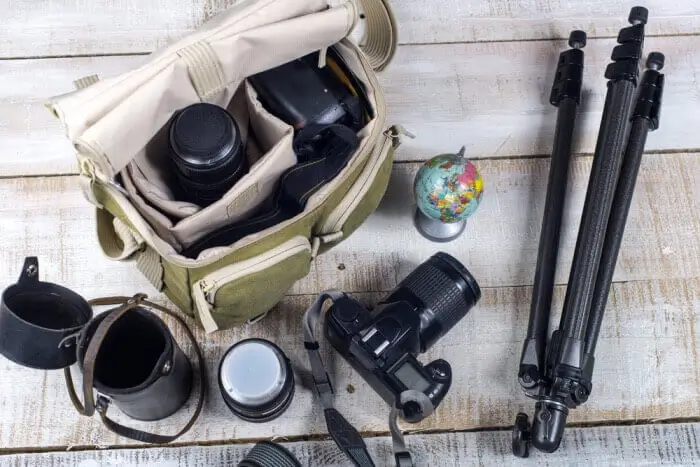
Tripod. A device that fixes the position of the camera during shooting. A three-legged device for rigidly fixing the camera when shooting with slow shutter speeds and/or when shooting through long-focal length lenses.
Red-eye effect. Very often, when shooting with a flash, there is an unwanted reflection of light from the retina of animals or humans, the so-called "red eye" effect. Everyone saw how the green eyes of the cat glowed in the dark. Also, in a person, if he is photographed with a flash, his eyes sometimes glow red.
These are basic photography terms for beginners, which will help to start experimenting with your own photo style.
Conclusion
Understanding these photography terms is like unlocking a world of visual storytelling. Each term we've explored contributes to the rich tapestry that makes up the art of photography. From aperture to composition, shutter speed to focal length, these concepts in photography serve as the building blocks for capturing moments and crafting narratives through images. As you delve deeper into photography, remember that mastering these terms isn't just about technical knowledge – it's about harnessing them to express your unique perspective and ignite emotions in those who view your photographs. So, armed with this vocabulary, venture forth and let your creativity paint the world in pixels and light.
Co-founder of RetouchMe. In addition to business, he is passionate about travel photography and videography. His photos can be viewed on Instagram (over 1 million followers), and his films can be found on his YouTube channel.
Moreover, his profile is featured on the most popular and authoritative resource in the film industry — IMDb. He has received 51 international awards and 18 nominations at film festivals worldwide.

with RetouchMe









